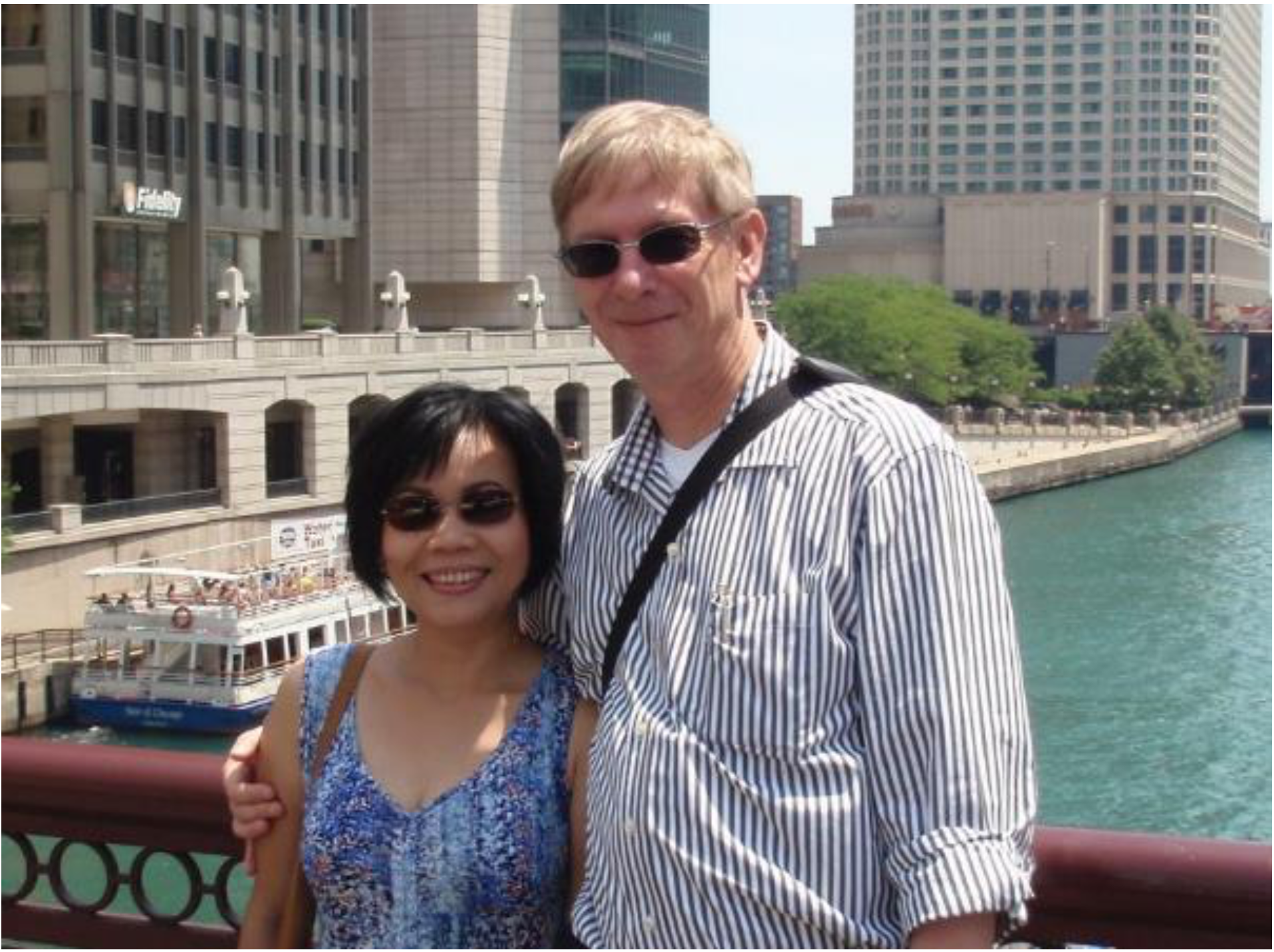About the Author and Editor
- Page ID
- 29489
About the Author

Dr.ir. Sape A. Miedema (November 8th 1955) obtained his M.Sc. degree in Mechanical Engineering with honors at the Delft University of Technology (DUT) in 1983. He obtained his Ph.D. degree on research into the basics of soil cutting in relation with ship motions, in 1987. From 1987 to 1992 he was Assistant Professor at the chair of Dredging Technology. In 1992 and 1993 he was a member of the management board of Mechanical Engineering & Marine Technology of the DUT. In 1992 he became Associate Professor at the DUT with the chair of Dredging Technology. From 1996 to 2001 he was appointed Head of Studies of Mechanical Engineering and Marine Technology at the DUT, but still remaining Associate Professor of Dredging Engineering. In 2005 he was appointed
Head of Studies of the MSc program of Offshore & Dredging Engineering and he is also still Associate Professor of Dredging Engineering. In 2013 he was also appointed as Head of Studies of the MSc program Marine Technology of the DUT.
Dr.ir. S.A. Miedema teaches (or has taught) courses on soil mechanics and soil cutting, pumps and slurry transport, hopper sedimentation and erosion, mechatronics, applied thermodynamics related to energy, drive system design principles, mooring systems, hydromechanics and mathematics. He is (or has been) also teaching at Hohai University, Changzhou, China, at Cantho University, Cantho Vietnam, at Petrovietnam University, Baria, Vietnam and different dredging companies in the Netherlands and the USA.
His research focuses on the mathematical modeling of dredging systems like, cutter suction dredges, hopper dredges, clamshell dredges, backhoe dredges and trenchers. The fundamental part of the research focuses on the cutting processes of sand, clay and rock, sedimentation processes in Trailing Suction Hopper Dredges and the associated erosion processes. Lately the research focuses on hyperbaric rock cutting in relation with deep sea mining and on hydraulic transport of solids/liquid settling slurries.
About the Editor

Robert Ramsdell (23rd September 1964) obtained his BA degree in Mathematics at the University of California at Berkeley in 1985. Since 1989 he has worked for Great Lakes Dredge & Dock Company. Robert started as Field Engineer, eventually becoming a Project Engineer then Superintendent, working with Trailing Suction, Cutter Suction and Mechanical dredges on a variety of projects in the United States. From 1995 to 1996 Robert was the Project Engineer on the Øresund Link project in Denmark. In 1996 he joined the Great Lakes Dredge & Dock Production Department as a Production Engineer, becoming Production Engineering Manager in 2005. In the department Robert’s focus has been on
developing methods and software for estimating dredge production, recruiting and training Engineers, and developing methods to analyze and improve dredge operations. A particular focus has been in modeling slurry transport for dredging estimating and production optimization.


